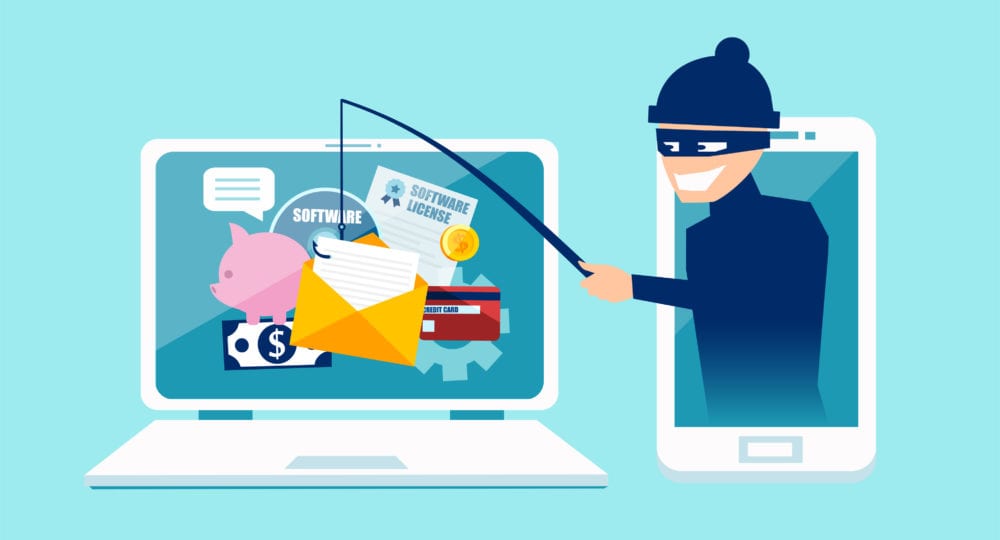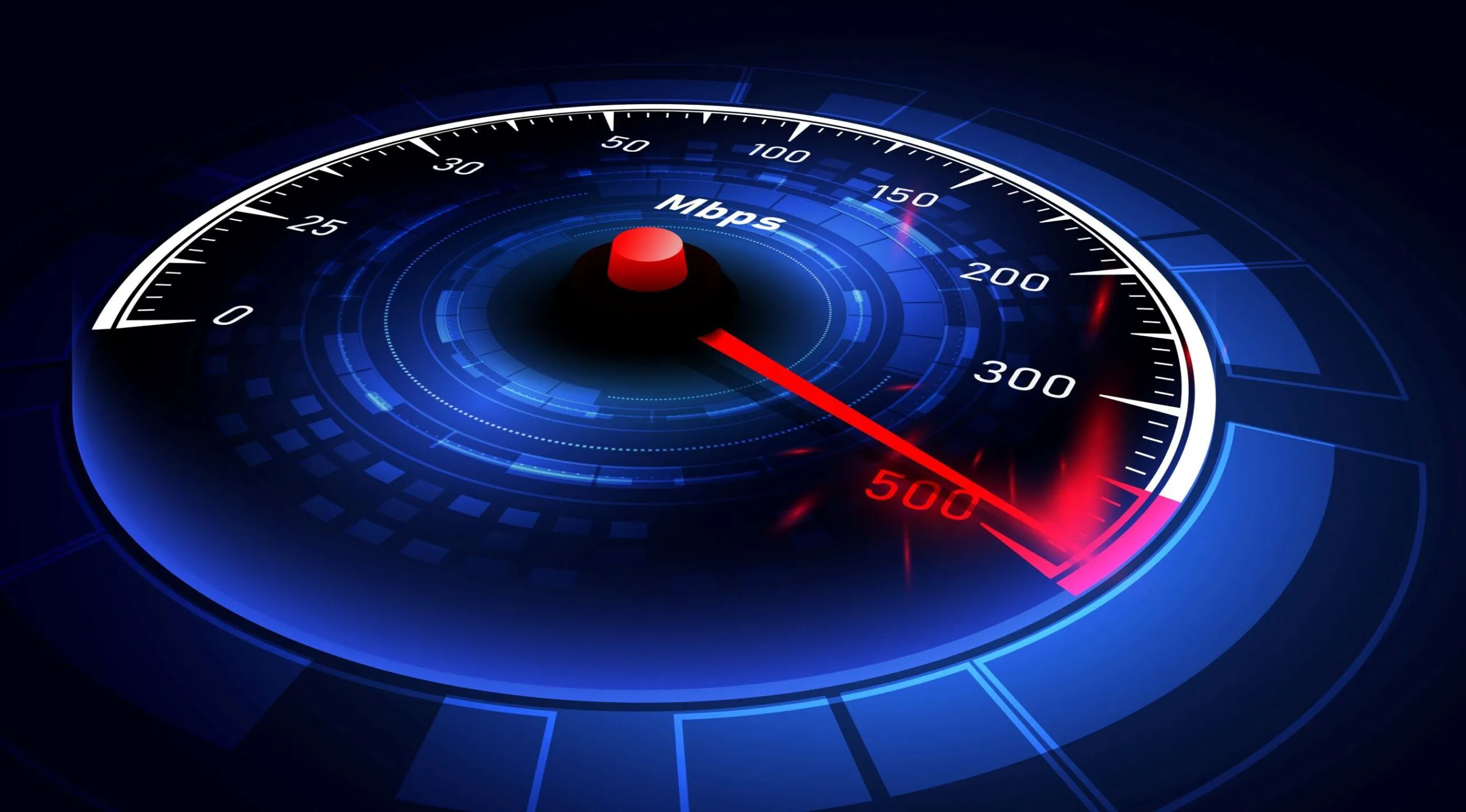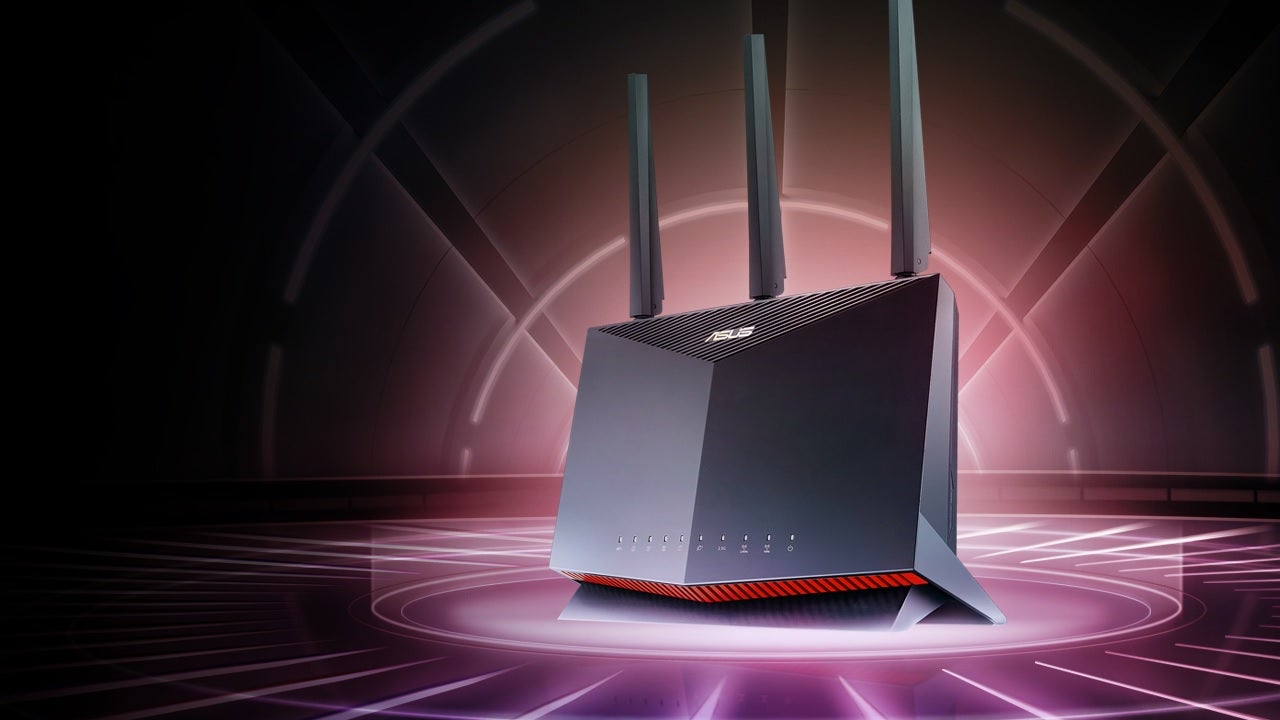
How to Speed Up Your Internet Connection
Struggling with slow internet? Here’s how to boost your internet speed for a smoother online experience
Is your internet connection lagging and ruining your streaming experience? Don’t worry! There are several actionable steps you can take to boost your internet speed and ensure a frustration-free online experience. In this blog post, we’ll explore five key ways to optimize your home Wi-Fi for maximum speed.
Firstly, let’s optimize your router placement.
1. Optimize Your Router Placement
The placement of your router can significantly impact your internet speed. To begin with, place your router in a central location within your home to ensure even coverage. Furthermore, avoid putting it in a corner or behind furniture. In addition, position your router on a high shelf or mount it on a wall to avoid interference from obstacles like walls and furniture. Finally, keep the router away from electronic devices that can cause interference, such as microwaves, cordless phones, and baby monitors.
Tip: Use a Wi-Fi analyzer tool or app, such as WiFi Analyzer (open-source), to find the best location for your router and avoid overcrowded channels.
Moving on to the next tip, let’s update your router’s firmware.
2. Update Your Router’s Firmware
Router manufacturers regularly release firmware updates to improve performance and fix bugs. Consequently, keeping your router’s firmware up-to-date can enhance its performance and security.
To check for updates, access your router’s settings page (usually found at an IP address like 192.168.1.1) and look for a firmware update option. Alternatively, some routers support automatic updates. Check if this option is available and enabled for convenience.
Tip: Consult your router’s manual or manufacturer’s website for detailed instructions on how to update the firmware.
- Asus: https://www.asus.com/
- Belkin: https://www.belkin.com/support-center/
- TP-Link (T-Link): https://www.tp-link.com/us/support/
- Netgear: https://www.netgear.com/support/
Next, let’s secure your network.
3. Secure Your Network
An unsecured Wi-Fi network can be a hotspot for unauthorized users, which can drain your bandwidth and slow down your connection.
Therefore, replace default passwords for your router’s admin panel and Wi-Fi network with strong, unique ones. Furthermore, enable WPA3 (Wi-Fi Protected Access 3) encryption if your router supports it, as it provides better security than WPA2.
Tip: Regularly review and update your Wi-Fi password to keep your network secure from potential intruders.
Subsequently, let’s limit bandwidth-heavy applications.
4. Limit Bandwidth-Heavy Applications
Certain applications and devices can consume a large amount of bandwidth, affecting your internet speed.
To address this, many modern routers have Quality of Service (QoS) settings that allow you to prioritize traffic for specific applications or devices, ensuring that high-priority tasks (like video calls) get the bandwidth they need. Additionally, use built-in router tools or third-party apps to monitor which devices and applications are using the most bandwidth.
Tip: If multiple people are using the internet simultaneously, schedule high-bandwidth activities (like large downloads or streaming) during off-peak hours.
Finally, let’s consider upgrading your equipment.
5. Upgrade Your Equipment
Sometimes, older hardware can be the bottleneck affecting your internet speed.
To boost your internet speed even further, consider upgrading your router. If your router is more than a few years old, it might not support the latest standards (like Wi-Fi 6) that offer improved performance and range.
By following these tips, you can maximize your internet speed and enjoy a faster, more reliable online experience. For more personalized advice or if you encounter persistent issues, don’t hesitate to reach out to a professional for assistance. Happy surfing!




